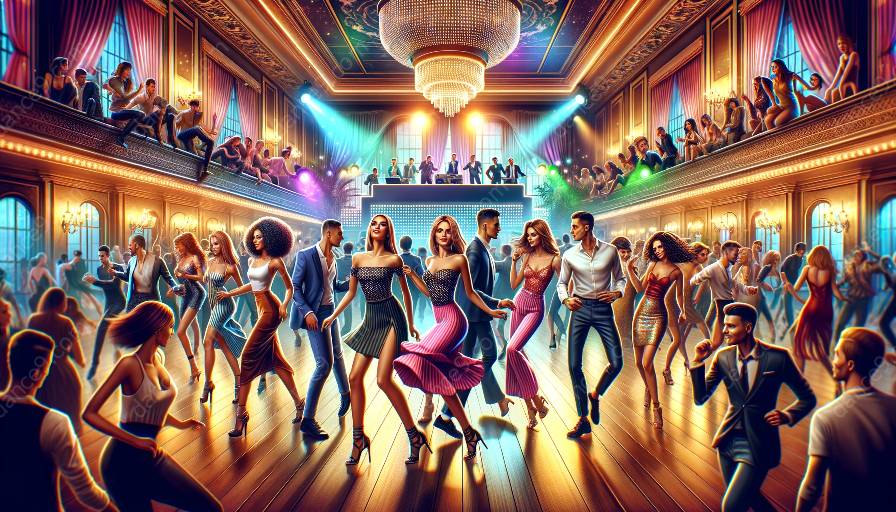Dancehall is not just a style of dancing, it is a cultural expression deeply rooted in history and tradition. However, in recent years, the issue of cultural appropriation in dancehall has sparked significant discussions and debates within the dance community. This topic cluster aims to provide a comprehensive understanding of cultural appropriation in dancehall, its impact, and how it intersects with dance classes.
The Essence of Dancehall: A Cultural Perspective
Dancehall originated in Jamaica, a country renowned for its rich cultural heritage. It encompasses a wide range of dance styles, music, and fashion that are deeply intertwined with the social and political landscape of the island. Dancehall is more than just a form of entertainment; it is a reflection of the Jamaican way of life and serves as a means of self-expression for its people.
Throughout history, dancehall has evolved as a result of diverse cultural influences, including African, Caribbean, and urban elements. Its unique blend of movements and rhythms has captivated audiences worldwide and has become a popular genre in the global dance scene.
Understanding Cultural Appropriation
Cultural appropriation occurs when elements of a minority culture are adopted by members of a dominant culture without proper acknowledgment or respect for the original creators. In the context of dancehall, this refers to the appropriation of dance moves, music, and aesthetics without understanding or honoring their cultural significance.
It's important to recognize that cultural exchange and appreciation are not the same as cultural appropriation. While exchange and appreciation involve a mutual exchange of cultural elements with respect and understanding, appropriation often leads to misrepresentation and exploitation of the culture being appropriated.
The Impact of Cultural Appropriation in Dancehall
Cultural appropriation in dancehall can have significant repercussions, both within the dance community and the culture it represents. When dance moves or styles are appropriated without proper acknowledgment, it diminishes the cultural significance of these movements and erases their historical context.
Furthermore, cultural appropriation can contribute to the perpetuation of stereotypes and misinterpretations of dancehall, leading to a shallow and distorted representation of the culture. This not only disrespects the origins of dancehall but also undermines the experiences and struggles of the communities from which it originates.
The Role of Dance Classes in Addressing Cultural Appropriation
Dance classes play a vital role in educating dancers about the cultural significance and history of the styles they are learning. By acknowledging and respecting the origins of dancehall, dance instructors can empower their students to appreciate the cultural richness of the art form and help prevent the perpetuation of cultural appropriation.
Incorporating cultural education in dance classes can foster a more inclusive and respectful dance community. It enables dancers to understand and embrace the diverse cultural influences that shape their movements, thereby promoting a more authentic and meaningful expression of dancehall.
Conclusion
As the global dance community continues to embrace dancehall, it is crucial to address the issue of cultural appropriation with sensitivity and respect. Recognizing the cultural roots and significance of dancehall is essential in honoring its legacy and preserving its authenticity. By promoting education, respect, and awareness within dance classes, we can create a more inclusive and socially conscious environment that celebrates the true essence of dancehall.













































































